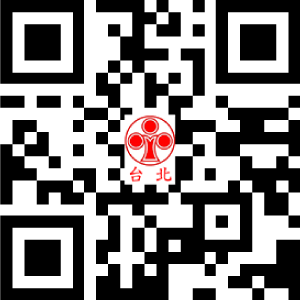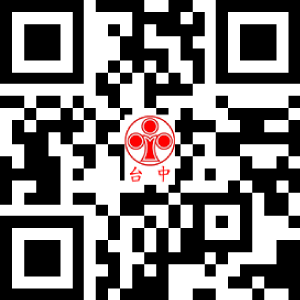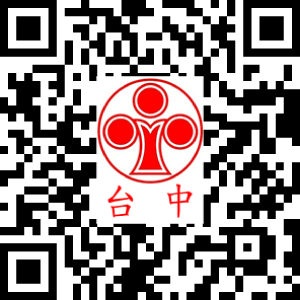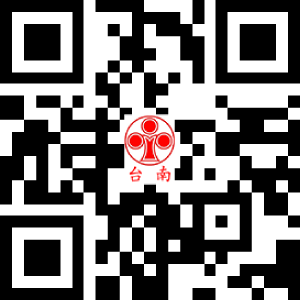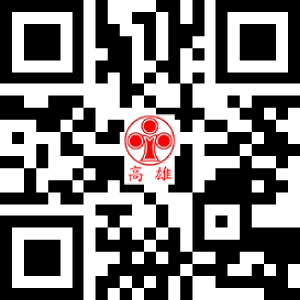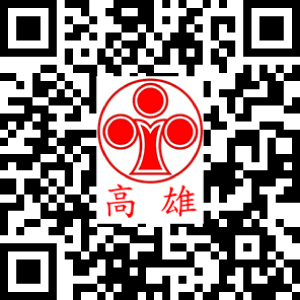
Comparison of the Provisions regarding Filing a Divisional Application before and after Amendment
For an invention patent application, when there are substantially two or more inventions in the claims and/or specification, a request for a divisional application can be submitted voluntarily during different stages.
More Details
Currently, a divisional application can be filed when the parent application is still pending (before a re-examination decision is rendered) or within thirty days after the date on which an approval decision for the original patent application is served. That is, a divisional application cannot be filed if a re-examination decision has been rendered. However, an amendment to the Patent Act regarding divisional applications was promulgated on May 1, 2019, and will take effect before the end of this year. Based on the amended provision, a divisional application can still be filed after a re-examination decision has been rendered, and the time period is extended to three months.
Comparison of the provisions (Article 34 of the Patent Act) before and after amendment
| Current provision | Amended provision |
| A patent application that substantially contains two or more inventions may, upon notice by the Specific Patent Agency or upon request by the applicant, be divided into two or more divisional applications. | A patent application that substantially contains two or more inventions may, upon notice by the Specific Patent Agency or upon request by the applicant, be divided into two or more divisional applications. |
| A request for division shall be filed within any of the following time periods: 1. before a reexamination decision on the original patent application is rendered; or 2. within thirty (30) days after the date on which an approval decision for the original patent application is served. However, it shall not be filed if a reexamination decision has been rendered. | A request for division shall be filed within any of the following time periods: 1. before a reexamination decision on the original patent application is rendered; or 2. within three months after the date on which an approval decision upon Primary Examination & Reexamination for the original patent application is served. |
| The filing date of the divisional patent application shall be the same as the filing date of the original application. Where the priority claim has been made, the applicant may claim priority for the divisional patent application. | The filing date of the divisional patent application shall be the same as the filing date of the original application. Where the priority claim has been made, the applicant may claim priority for the divisional patent application. |
| The divisional patent application shall not extend beyond the scope of content disclosed in the description, claim(s), or drawing(s) of the original patent application as filed. | The divisional patent application shall not extend beyond the scope of content disclosed in the description, claim(s), or drawing(s) of the original patent application as filed. |
| For the divisional patent application filed in accordance with Subparagraph 1 of Paragraph 2, the examination thereof shall resume the completed examination procedure of the original patent application. | For the divisional patent application filed in accordance with Subparagraph 1 of Paragraph 2, the examination thereof shall resume the completed examination procedure of the original patent application. |
| For the divisional patent application filed in accordance with Subparagraph 2 of Paragraph 2, the examination thereof that has been conducted before the original patent application is approved shall be resumed; the original patent application shall be published based on the claim(s) and drawing(s) as originally approved. | For the divisional patent application filed in accordance with Subparagraph 2 of Paragraph 2, the inventions for the divisional application should be disclosed in the original specification or drawings but not be the same inventions as those in the claims granted upon Primary Examination and Reexamination. For the divisional patent application filed, the examination thereof that has been conducted before the original patent application is approved shall be resumed. |
| The granted specification, claims or drawings for the original patent application shall not be changed, and the original patent application shall be published based on the claim(s) and drawing(s) as originally approved. |
Scenarios for filing a divisional application
With the above mentioned provisions in mind, the following scenarios that may occur when filing a divisional application may be beneficial or necessary:
1. For a patent application that substantially contains two or more inventions that are not in compliance with the unity requirement, the inventions should be filed in one or more divisional applications.
2. If a patent application substantially contains two or more inventions that are in compliance with the unity requirement, it still might be beneficial to file a divisional application, especially when one of the inventions is not patentable due to novelty or inventive step rejections.
3. If the specification contains disclosures that are not recited in the original claims, the contents may be recited as different inventions and filed in one or more divisional applications.
Limitation for filing a divisional application
According to the provisions, the divisional patent application shall not extend beyond the scope of content disclosed in the description, claim(s), or drawing(s) of the original patent application as filed.
Further, in the amended provision, for the divisional patent application filed within three months after the date on which an approval decision upon Primary Examination and Reexamination for the original patent application is served, the inventions for the divisional application should be disclosed in the original specification or drawings but not be the same inventions as those in the claims granted upon Primary Examination and Reexamination to avoid double patenting.
Accordingly, the only limitation is that the scope for the divisional application shall not exceed the scope of the original specification, claims or drawings, and when a divisional application is filed after the approval decision upon Primary Examination and Reexamination, the scope of the inventions should be different from those recited in the claims of the original application.
According to Article 52 of the Patent Act, for a patent application for invention that is approved, the grant of such patent application shall be published only when the patent certificate fee and the first-year patent annuity are paid by the applicant within three (3) months after the date on which the approval decision is served; if the fees are not paid within the said time period, no publication shall be made. Accordingly, the thirty day period is also extended to three months so that the applicant may have sufficient time to consider the possibility for filing a divisional application before paying the patent certificate fee and the first-year patent annuity.
Utility model and design patent applications
For utility model applications, currently a request for division shall be filed before a decision on the original application is rendered.
For design applications, currently a request for division shall be filed before a reexamination decision on the original application is rendered.
In the amended provisions, a request for division may also be filed within three months after the date on which an approval decision for the original patent application is served for both utility model and design patent applications.
Conclusion
After the amendment, there are certainly more opportunities for applicants to file divisional applications, even after the approval decision upon reexamination for the original patent application.
Further, for applications that are granted within three months before the amendment takes effect, a divisional application could also be filed even after the approval decision upon reexamination for the original patent application has been rendered.
